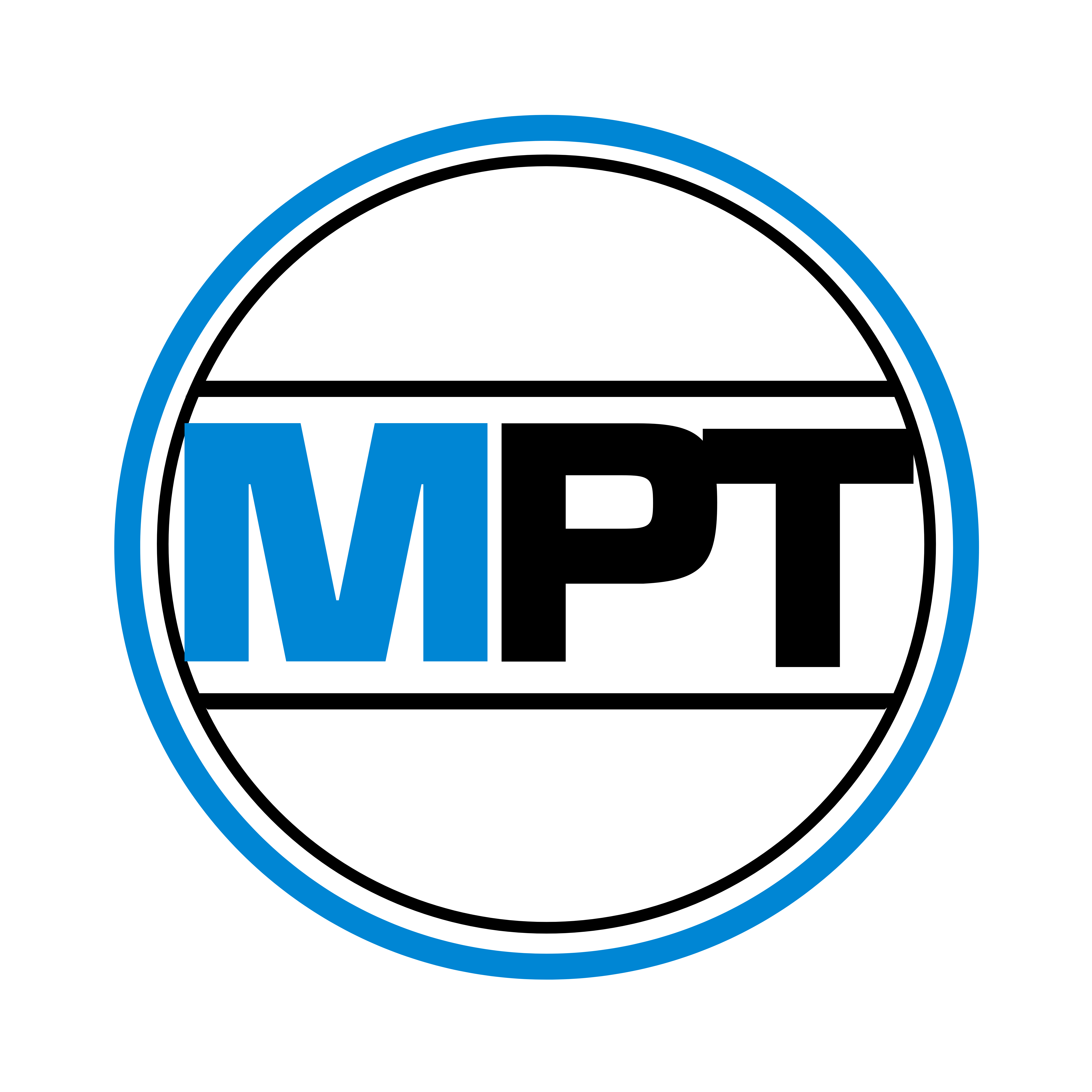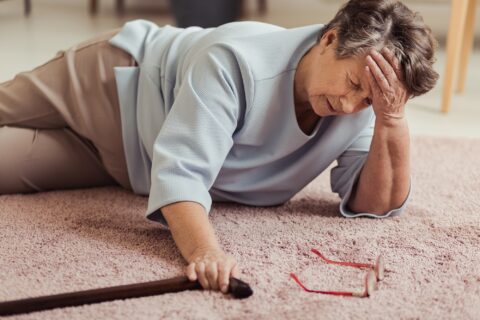Physical Therapists Fuel Healthy Movement with Nutrition
Physical therapy and nutrition are often seen as separate, but the truth is, they are deeply intertwined. To get the most out of PT, especially after an injury or surgery, integrating both is crucial. Here’s why:
Food Fuels The Body
During recovery from an injury or surgery, your body is working to heal itself. The activities and exercises you’re doing in PT are designed to help it along. To take advantage of all the work you and your body are putting in, proper nutrition is critical.
Protein provides the building blocks for tissue repair and muscle growth. Carbohydrates provide energy and help support your immune system. Your body also needs healthy fats to regulate inflammation and to build certain cells. Being short on any of these critical components will slow your recovery down.
You also need enough micronutrients, like vitamins and minerals. For example, vitamin C is needed to make collagen, which goes into bones, skin, and connective tissue. Vitamin D helps your body to absorb calcium, which is important for healing fractures, or surgeries involving bones. Iron helps your blood cells carry oxygen throughout your body, which is needed for healing in general. Again, being low on any of these micronutrients will affect your healing.
Your Weight Affects Your Health
Being overweight directly affects your health. It puts you at higher risk for cardiovascular disease, stroke, osteoarthritis, back pain, diabetes, sleep apnea, and more. All of these are conditions that you might see a PT directly for, or that will impact your healing. Eating a healthy diet is the most effective way to reduce body weight. Combining a healthy diet with exercise is even better for your health.
As an example, an 18-month study of 450 people with knee osteoarthritis showed that the group that lost weight through a diet and exercised had less pain, better walking speed, and lower joint forces in their knees than groups who either only lost weight, or only exercised.
How can a physical therapist help with nutrition?
While PTs are not authorized to provide individual diet plans or medical nutritional advice, they can still help with nutrition.
- Pts can screen for potential nutritional deficiencies or imbalances that may impact your progress in PT o your overall health. This might involve screening for malnutrition, sarcopenia (muscle loss), or assessing dietary habits affecting energy levels, healing, or muscle building.
- Your PT can educate you on the importance of nutrition for various aspects of rehabilitation and recovery. This includes explaining how specific nutrients like protein, vitamins, and minerals contribute to tissue repair, muscle building, energy production, and pain management.
- They can offer general guidance on healthy eating patterns, portion control, and choosing nutrient-rich foods to support reaching your specific physical therapy goals.
- PTs recognize that overall health and well-being involve various factors, including proper nutrition. They can encourage you to adopt healthy lifestyle habits that include a balanced diet alongside regular exercise and proper sleep hygiene.
Finally, your PT can recognize when your nutrition needs exceed what they are able to provide. In that case, they can refer you to and collaborate with a registered dietician or other qualified healthcare professional for help in dealing with complex nutritional needs or recommending specific dietary charges.
By combining the power of physical therapy and nutrition, you can achieve your recovery goals faster and feel your best!


